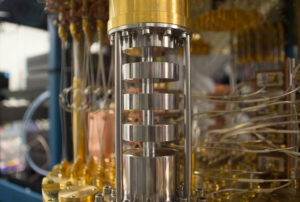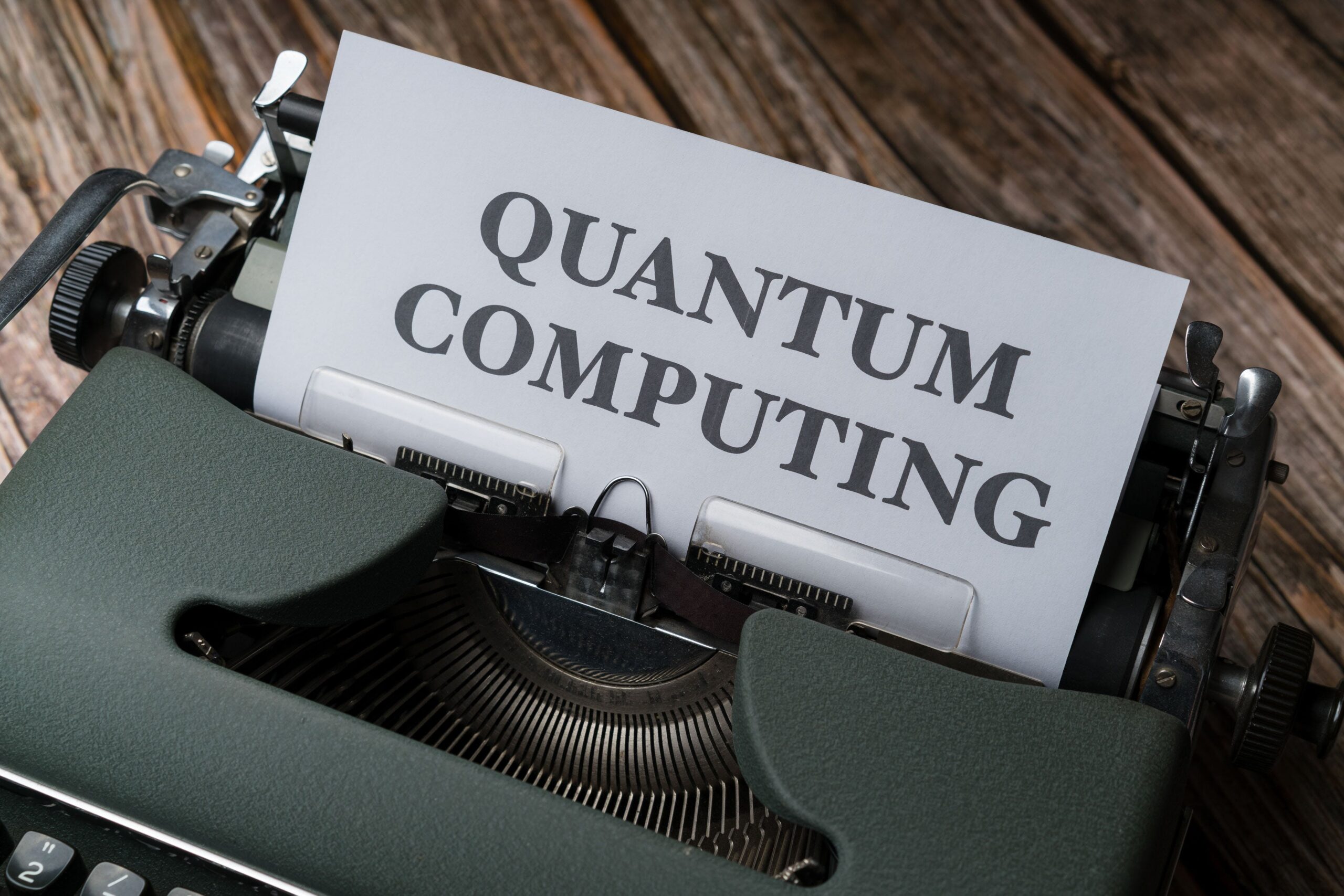Qubit serves as the fundamental unit of information, harnessing the principles of quantum mechanics to revolutionize computation. Understanding the different types of qubits is crucial for navigating the complexities of quantum information processing. In this article, we will learn various types of qubits, each with its unique characteristics and potential applications.
What is Quantum Bit (Qubit)?
A quantum bit, or qubit, is the fundamental unit of quantum information. Unlike classical bits, which can be either 0 or 1, qubits can exist in a superposition of both states simultaneously. This property enables quantum computers to process multiple possibilities in parallel, exponentially increasing their computational capacity.

Types of Qubits
1. Superconducting Qubits:
Superconducting qubits leverage the phenomenon of superconductivity, where certain materials exhibit zero electrical resistance at extremely low temperatures. These qubits are typically implemented using Josephson junctions, and their coherence times have seen significant improvements in recent advancements. Superconducting qubits are a leading candidate for building scalable quantum processors.
2. Trapped Ions:
Trapped ions involve using individual ions as qubits, typically confined by electromagnetic fields. Quantum information is stored in the electronic states of these ions, and qubit operations are manipulated through precisely controlled laser pulses. Trapped ions offer long coherence times and have demonstrated high-fidelity quantum gates, making them prominent in quantum information research.
3. Topological Qubits:
Topological qubits are a theoretical concept grounded in the field of topological quantum computation. These qubits rely on annoying particles that exist in certain two-dimensional materials. The braiding of these annoys forms the basis for quantum gates, and their topological nature makes them inherently robust against certain types of errors.
4. Photonic Qubits:
Photonic qubits use photons, the particles of light, as carriers of quantum information. Quantum information is typically encoded in the polarization or other properties of individual photons. Photonic qubits are known for their ability to travel over long distances without significant loss of quantum coherence, making them promising for quantum communication applications.
5. Spin Qubits:
Spin qubits rely on the intrinsic angular momentum, or spin, of particles like electrons or nuclei. The spin states of these particles serve as the basis for quantum information encoding. Spin qubits can be implemented in semiconductor quantum dots or defects in crystals, offering potential scalability due to existing semiconductor fabrication techniques.
6. Diamond NV Centers:
Diamond nitrogen-vacancy (NV) centers involve the use of defects in diamond crystals, where a nitrogen atom replaces a carbon atom, creating a vacancy. The spin state of electrons associated with these defects serves as qubits. Diamond NV centers are known for their exceptional coherence times and have applications in quantum sensing and quantum information processing.
7. Silicon Qubits:
Silicon qubits utilize the well-established semiconductor technology of silicon. Quantum dots within silicon devices trap electrons, and their charge or spin states are used for quantum information processing. Silicon qubits benefit from the mature infrastructure of silicon-based electronics, making them a promising candidate for scalable quantum processors.
8. Majorana Qubits:
Majorana qubits are theoretical qubits that rely on Majorana fermions, exotic particles that are their antiparticles. These qubits are expected to exhibit topological protection against certain types of errors, providing robustness for quantum computations. Implementing Majorana qubits remains a challenging but intriguing area of research.

Applications and Challenges
Applications:
Quantum Computing: All types of qubits contribute to the development of quantum computers, offering the potential for exponentially faster computations in specific tasks.
Quantum Communication: Photonic qubits, in particular, play a vital role in quantum communication, enabling secure transmission of quantum information over long distances.
Quantum Sensing: Diamond NV centers and other qubit types find applications in quantum sensing, allowing for highly sensitive measurements.
Challenges:
Decoherence and Error Correction: Maintaining the coherence of qubits and implementing effective error correction techniques are ongoing challenges across all qubit types.
Scalability: Achieving scalability while preserving quantum coherence is a common challenge, especially as quantum processors aim for larger numbers of qubits.
Quantum Interconnects: Establishing reliable connections between qubits in a scalable manner is crucial for the realization of large-scale quantum processors.
Conclusion
The diverse landscape of qubits reflects the richness and complexity of quantum information processing. From the superconducting realms to the intricacies of trapped ions and the promise of topological protection, each type of qubit brings its own set of advantages and challenges.
Frequently Asked Questions (FAQs)
What are superconducting qubits in quantum computing?
Ans- Superconducting qubits leverage superconductivity, exhibiting zero electrical resistance at low temperatures. Implemented using Josephson junctions, they are leading candidates for building scalable quantum processors.
How do trapped ions function as qubits?
Ans- Trapped ions involve using individual ions confined by electromagnetic fields as qubits. Quantum information is stored in the electronic states of these ions, and qubit operations are manipulated through precisely controlled laser pulses.
Also, learn Important Terms Of Quantum Computing
5 main Functions of Quantum Computing [click here]
8 main Limitations of Quantum Computers [click here]
Learn more about the types of qubits from the internet [click here]


10 thoughts on “Types of Qubits: Types and Characteristics”